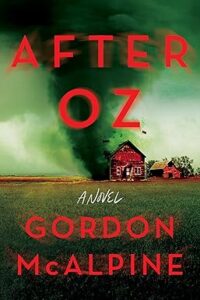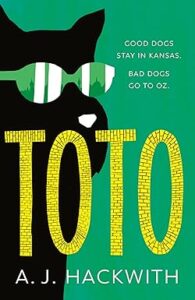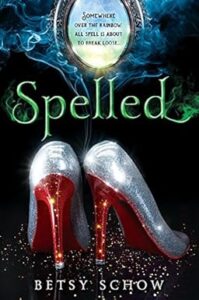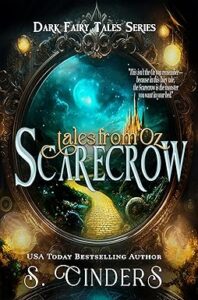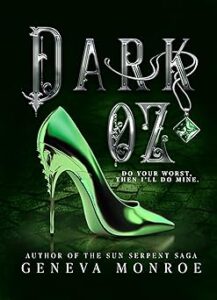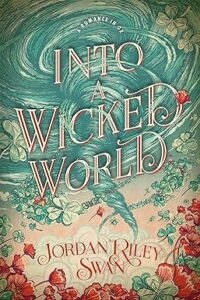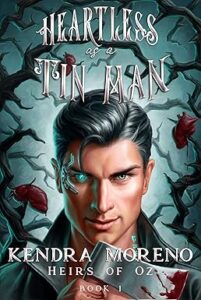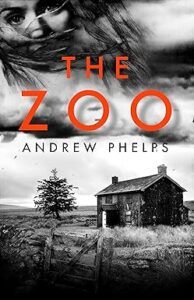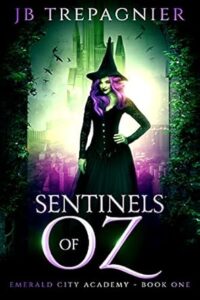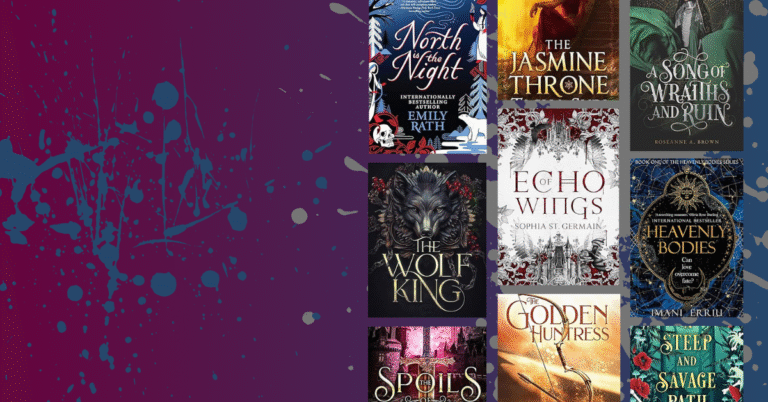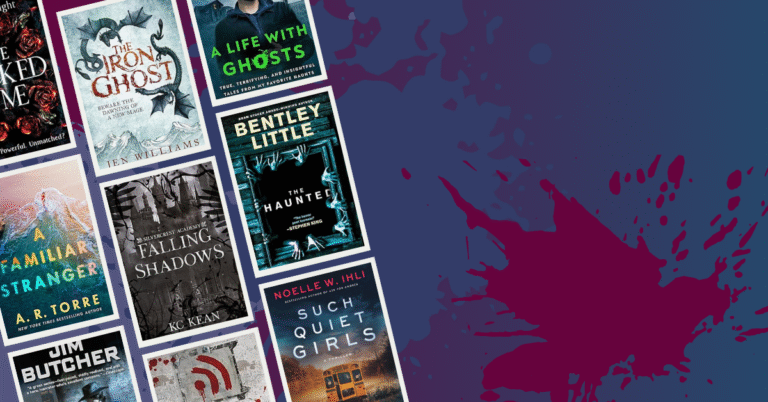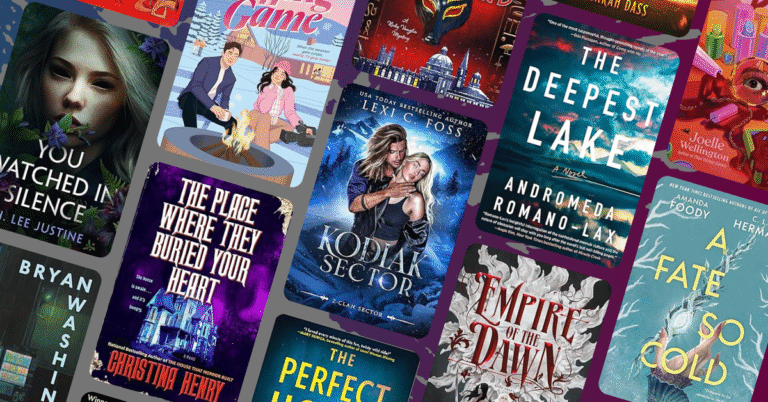Forget the ruby slippers. These Oz retellings are sharp, shadowy, and ready to ruin your childhood nostalgia.
The world of Oz might look whimsical at first glance, emerald cities, talking lions, and enchanted slippers, but peel back the sparkle and you’ll find ambition, rebellion, and the messy politics of power. That’s what makes modern Wizard of Oz retellings so irresistible. They don’t just revisit a beloved world; they expose what happens when innocence meets corruption and courage has consequences.
These dark and twisted Wizard of Oz books take the familiar story and drag it through the mud, magic, and moral grayness readers can’t get enough of. From brutal reimaginings to gothic fantasies, they prove Oz was never just for children, it was a warning all along.
Why Do Dark Wizard of Oz Retellings Work So Well?
Because the bones of Oz were always built for something darker.
Beneath its cheerful surface, The Wizard of Oz has always been a story about survival, transformation, and the cost of wanting more. Dorothy is swept into a world ruled by illusion and power. Modern authors simply leaned into what was already there.
Today’s readers are obsessed with twisted retellings because they mirror real-world complexity. Oz becomes a reflection of modern life: seductive, unpredictable, and morally blurred. Where the original story offered simple lessons, good versus evil, courage versus fear, these reimaginings ask harder questions: What if goodness depends on perspective? What if the witch was right?
Dark Oz retellings also thrive in the current fantasy trend of morally gray heroes and antiheroines. BookTok and Goodreads communities have driven this resurgence, championing series like Dorothy Must Die that blend nostalgia with chaos. It’s comfort fiction for readers who outgrew the fairytale but still crave the magic.
The Magic Behind the Madness: What Makes Oz So Rewritable?
Because Oz is a perfect blank canvas for the chaos of human imagination.
Few fictional worlds can handle reinvention the way Oz can. Some authors rebuild it as a steampunk empire, others as a dystopian kingdom ruled by fear, and others still as a feminist fable reclaiming witchhood and power. Each new version keeps a few familiar anchors, Dorothy, the Scarecrow, the Tin Man, but twists their meaning entirely.
Dark fantasy writers, in particular, use Oz to explore themes of memory, trauma, and corruption. The yellow brick road becomes a symbol for ambition that leads nowhere. The Emerald City turns into a metaphor for wealth and decay. Even Toto becomes more than a loyal pet; he’s a witness to human failure and desire.
This flexibility is what keeps Oz relevant. It’s mythology that can adapt to any era, political commentary, gothic allegory, or romantic tragedy. And for readers who crave both nostalgia and danger, it’s the perfect storm.
The Best Wizard of Oz Books to Get Lost In
If you thought the Wicked Witch was the villain, these books will make you think again. From eerie sequels to grimdark reinterpretations, each title offers a new entry into Oz’s shifting mythos, and a few you might wish you could forget.

